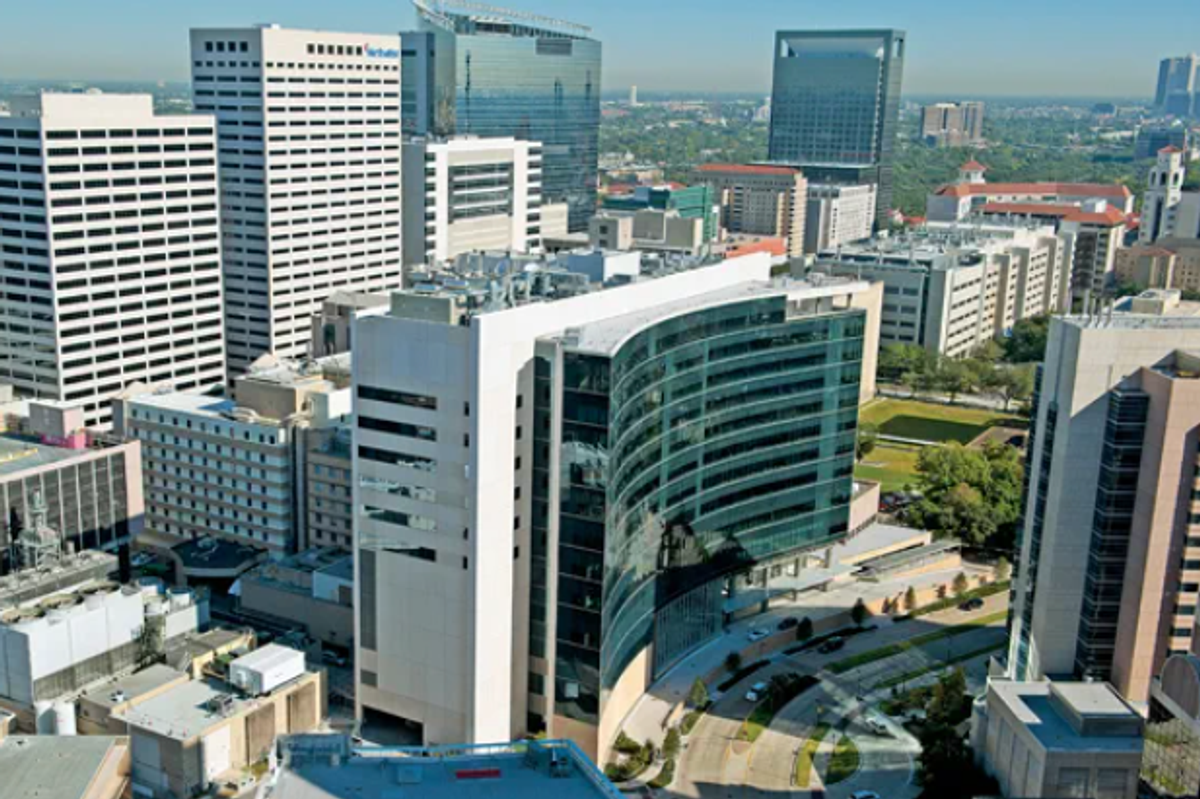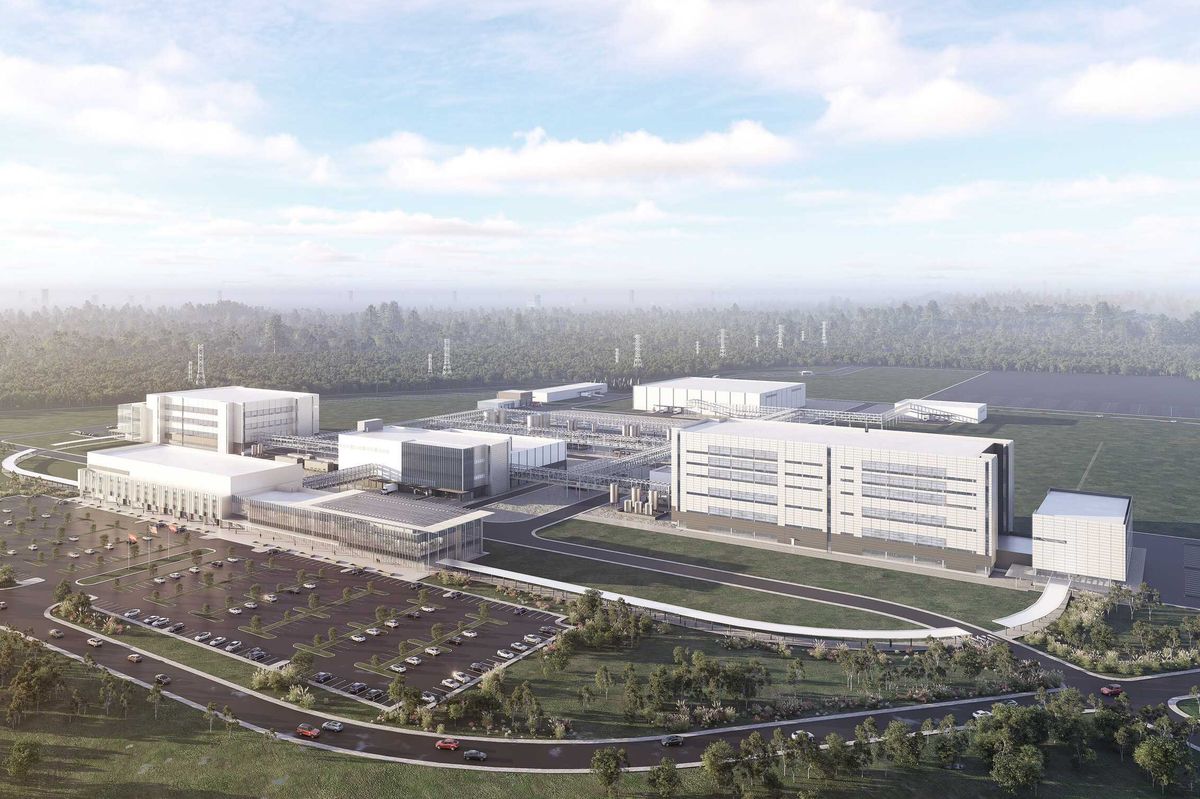This Houston neighbor was the fastest growing U.S. city in last decade
Booming Burb
It's no secret that Houston's population is growing faster than most other metros in the U.S., but now a surprising Houston-area neighbor has been named the No. 1 fastest-growing suburb nationwide over the last decade: the booming city of Fulshear.
Fulshear led the nation with an astonishing 1,082 percent increase in population from 2014 to 2023, according to a recent growth study by marketplace platform StorageCafe.
Overall, Texas cities dominated StorageCafe's list of the top 10 fastest-growing U.S. cities from 2014 to 2023.
The report said the city had nearly 27,000 residents in 2023, but now the U.S. Census Bureau estimates Fulshear's population has now grown to more than 42,600 people.
"With its blend of a relaxed lifestyle, urban conveniences, top-rated schools and strong job opportunities, Fulshear consistently ranks among the best places to live in Texas," the report's author wrote.
This isn't the first time Fulshear has entered the spotlight for its exploding population: it was the No. 2 fastest-growing U.S. city in 2023, and recently came out on top of GoBankingRates' new study ranking of the fastest-growing affluent suburbs in America for 2025.
Several other Houston-area suburbs also saw major growth over the last decade, including Manvel (No. 24), Katy (No. 82), and Conroe (No. 83).
"Manvel doubled its population between 2014 and 2023, while Katy and Conroe each recorded increases of over 50 percent," the report said. "By contrast, Houston itself grew by just 6 percent, aligning with the average growth rate for large U.S. cities."
The report added that the Houston area's population surge has also led to a high demand for housing, where home values have risen 60 percent over the last 10 years. Home prices in Fulshear stood at more than $521,000 in November 2024, whereas Manvel's home prices were over $431,000 during that same period.
For comparison, the national average price of a home is $354,000.
Katy and Conroe had the most affordable home prices out of the four Houston suburbs in the report, at $347,740 and $318,952, respectively, for November.
StorageCafe says the reasons for population shifts vary greatly, with many people seeking out cities with a more affordable cost of living, or those moving for socioeconomic factors like better employment opportunities.
"Population growth is far from even across the U.S. Some cities are experiencing significant increases, directly driven by steady in-migration, rising immigration and birth rates outpacing death rates," the report said. "But what’s fueling these trends runs deeper — economic and social forces like shifting job markets, the rise of remote and hybrid work and soaring living costs are all reshaping where people choose to live."
Other fast-growing Texas cities
Texas had the greatest number of cities to earn spots in the report's ranking of the 100 fastest-growing U.S. cities over the last decade, with 25 total cities making the cut with the highest growth rates nationwide.
Dallas-Fort Worth had the highest number of fastest-growing Texas suburbs on the list, comprising 11 cities: Celina (No. 2), Melissa (No. 3), Princeton (No. 7), Prosper (No. 8), Fate (No. 9), Anna (No. 14), Midlothian (No. 33), Royse City (No. 43), Forney (No. 45), Little Elm (No. 58), and Frisco (No. 72).
Meanwhile, Austin had five suburbs land on the list: Manor (No. 6), Leander (No. 16), Kyle (No. 53), Hutto (No. 54), and Buda (No. 68).
San Antonio also had five suburbs make the top 100, including Boerne (No. 63), Selma (No. 74), Fair Oaks Ranch (No. 70), New Braunfels (No. 77), and Canyon Lake (No. 99).
The top 10 fastest-growing cities over the last decade are:
- No. 1 – Fulshear, Texas
- No. 2 – Woodbridge, Virginia
- No. 3 – Celina, Texas
- No. 4 – Davenport, Florida
- No. 5 – Melissa, Texas
- No. 6 – Manor, Texas
- No. 7 – Princeton, Texas
- No. 8 – Prosper, Texas
- No. 9 – Fate, Texas
- No. 10 – Nolensville, Tennessee
This article originally appeared on our sister site, CultureMap.com.




















